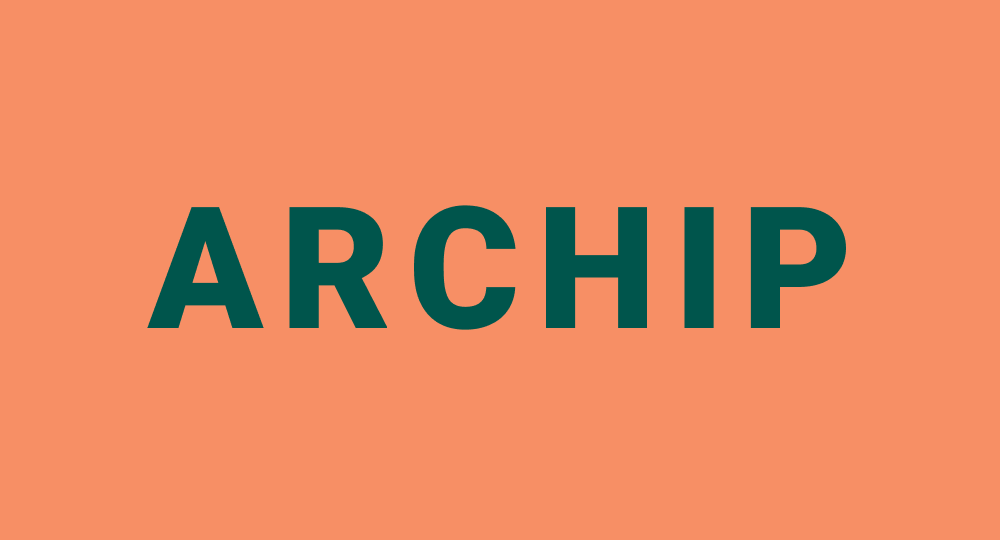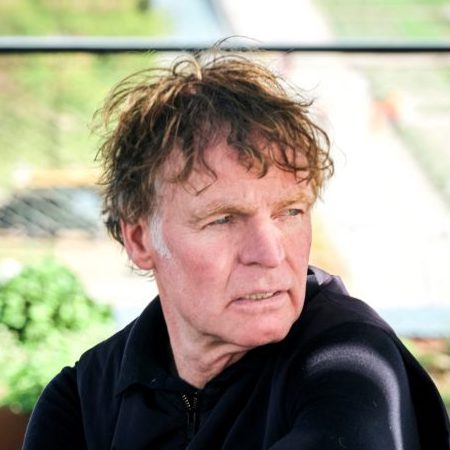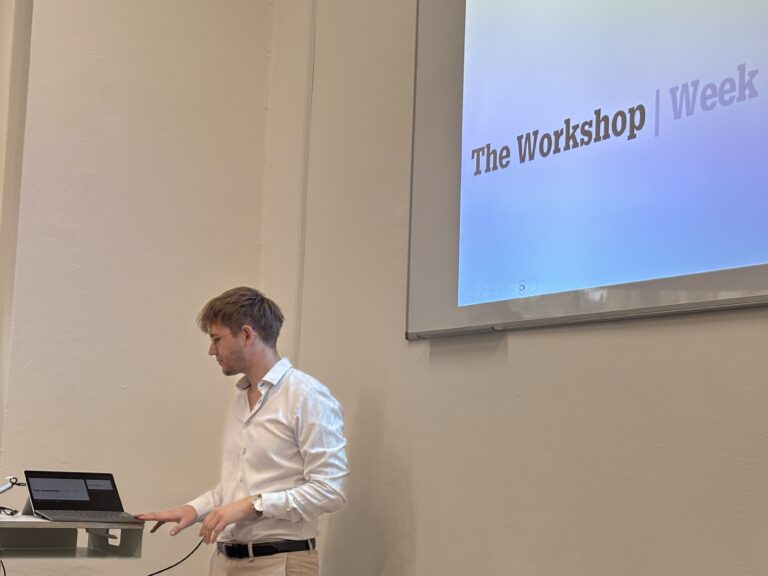Maas / Knettig Studio
Our
approach:
Welcome to Prague 2.0.
Welcome to Possible Prague.
Winy Maas has been leading Architecture and Urban Design Studio since 2024.
Winy Maas, Urban Planner and Landscape Architect, has led MVRDV’s interdisciplinary team as its Founding Partner since its establishment in 1993. Co-founded with Jacob van Rijs and Nathalie de Vries, the award-winning Dutch practice has achieved international acclaim for a wide variety of buildings, cities, and landscapes that are innovative, experimental, and merge theory with practice.
Driven by this dedication to green, user-defined, sustainable cities and spaces, Maas’ leadership drives many of the office’s award-winning projects. These include the Dutch Pavilion at Expo 2000 in Hannover, Villa VPRO in Hilversum (1997), WoZoCo in Amsterdam (1997), Rotterdam’s Markthal (2014), Crystal Houses in Amsterdam (2016), the Tianjin Binhai Library (2017), the Glass Farm in Schijndel (2013), Radio Hotel and Tower in New York (2022), Valley in Amsterdam (2022) and the first publicly accessible art depot in the world, Depot Boijmans Van Beuningen, which opened its doors end of 2021. In Maas’ broad portfolio are also several masterplans, including a vision for the future of Greater Paris, the Left Bank in Bordeaux, and the waterfront of Oslo. Maas also designed and supervised the world horticultural exhibition Floriade 2022 and supervised Eindhoven city centre from 2017 until 2022.
Maas balances practice with academic leadership. Besides his work for MVRDV, he is Professor of Urbanism and Architecture at the Delft University of Technology. In 2008, he developed The Why Factory, a research institute that he leads within TU Delft, which explores possibilities for the development of cities of the future. In 2022, Maas was appointed visiting professor at the Faculty of Architecture of the Czech Technical University in Prague.
His academic work also includes numerous visiting professorships at internationally notable institutions including the Architectural Association School of Architecture in London, Massachusetts Institute of Technology, Yale University, Columbia University in New York, the Strelka Institute in Moscow, Hong Kong University, the Rotterdam Building Academy, and the Czech Technical University.
Besides the many awards MVRDV’s projects have received, in 2015 Maas was appointed to the Order of the Dutch Lion by the Dutch government. In 2011, the Government of France awarded him with the Chevalier de la Légion d’honneur for his work characterised by experimentation, innovation, and sustainability.
“I advocate denser, greener, more attractive and liveable cities, with an approach to design that centres around user-defined, innovative, and sustainable ideas for the built environment, regardless of typology or scale.“ – Winy Maas
Šimon Knettig has been teaching AD at ARCHIP since 2025.
Šimon Knettig believes the future of design must move beyond the outdated “human versus nature” frame. He considers us, humans, as part of ecosystems and pursues environments that advance human well-being and natural diversity together. His approach is biophilic and evidence-driven, combining UX research with parametric design, AI generation, virtual reality, and additive manufacturing to deliver holistic sustainability—democratic, measurable, and ecologically resilient.
Educated at FA CTU and TU Delft, Šimon first joined The Why Factory as a student, later becoming a tutor and researcher under Winy Maas, with whom he worked on Biotopia (biophilic futures of cities and the world) and CZ2 (data-driven scenarios and visions for the Czech Republic). He has further extended this collaboration by joining MVRDV professionally on competitions and the ongoing Prague Airport extension, featuring a large-scale exterior and interior façade map that greets visitors and serves as an immersive platform for discussing the future(s) of CZ.
Building on his thesis in UX research for the built environment, he is launching a consultancy that integrates VR, GenAI, and user-centered methods into architectural and urban decision-making—turning research into a service for healthier people and richer biodiversity.
…


